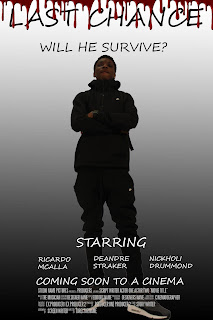Radio: War of the Worlds (1938)
Radio: War of the Worlds (1938) Our second CSP for radio is the 1938 CBS broadcast of War of the Worlds . This is a famous broadcast of Orson Welles's radio play - an adaptation of HG Wells's science-fiction novel of the same name. It is a text of historical significance due to a long-running debate over the effect the broadcast had over audiences at the time. Narrative and background War of the Worlds, a science-fiction novel by author HG Wells, was first published in 1898. It is a story of alien invasion and war between mankind and an extra-terrestrial race from Mars. The original 1938 Orson Welles broadcast is available here: Hybrid genre Orson Welles was initially reluctant to adapt War of the Worlds, describing it as 'boring'. He was persuaded by the prospect of using recent developments in radio news reporting to create a hybrid-form radio play designed to sound like a real breaking news story. The broadcast begins with a music performance tha...
